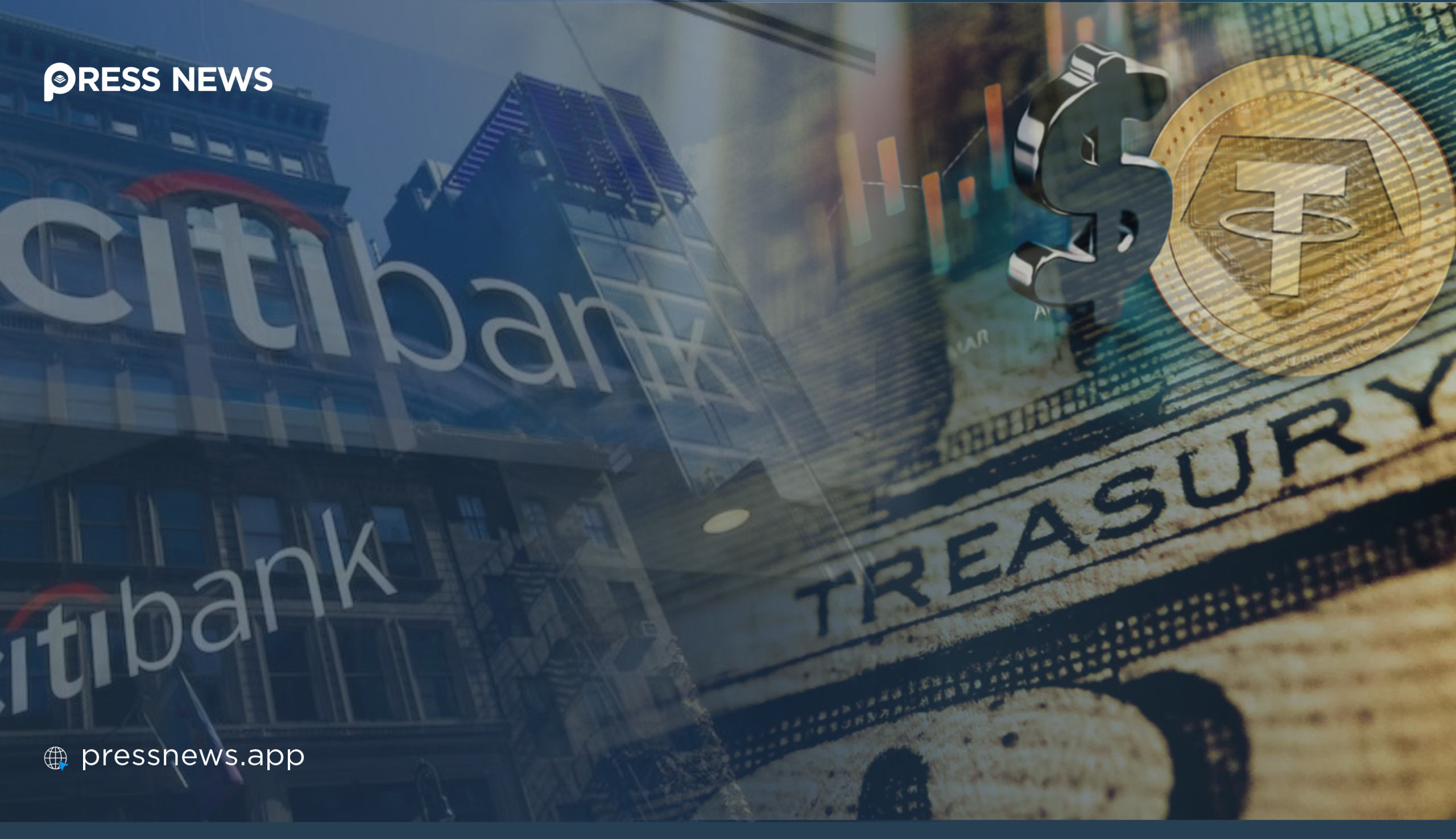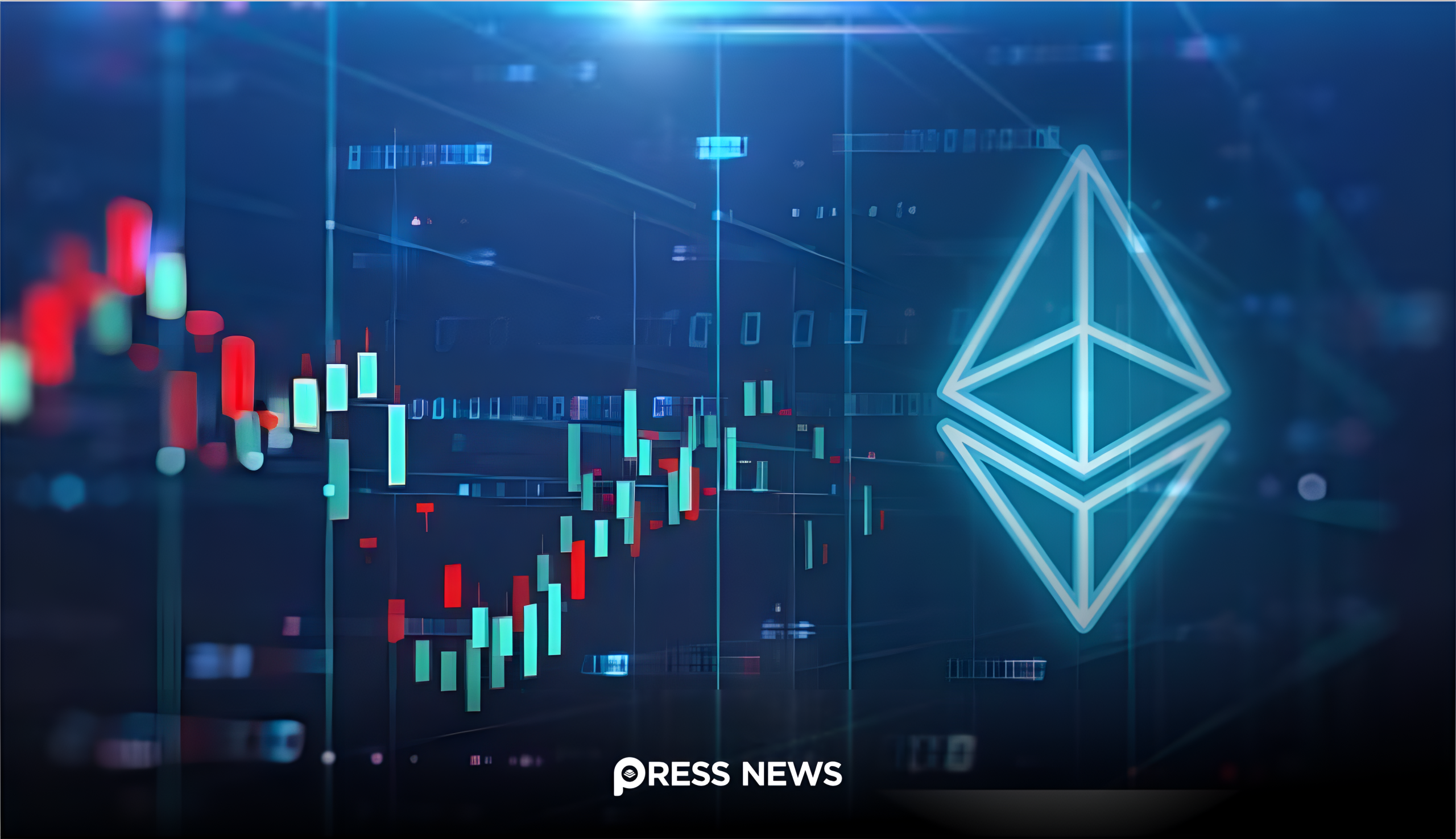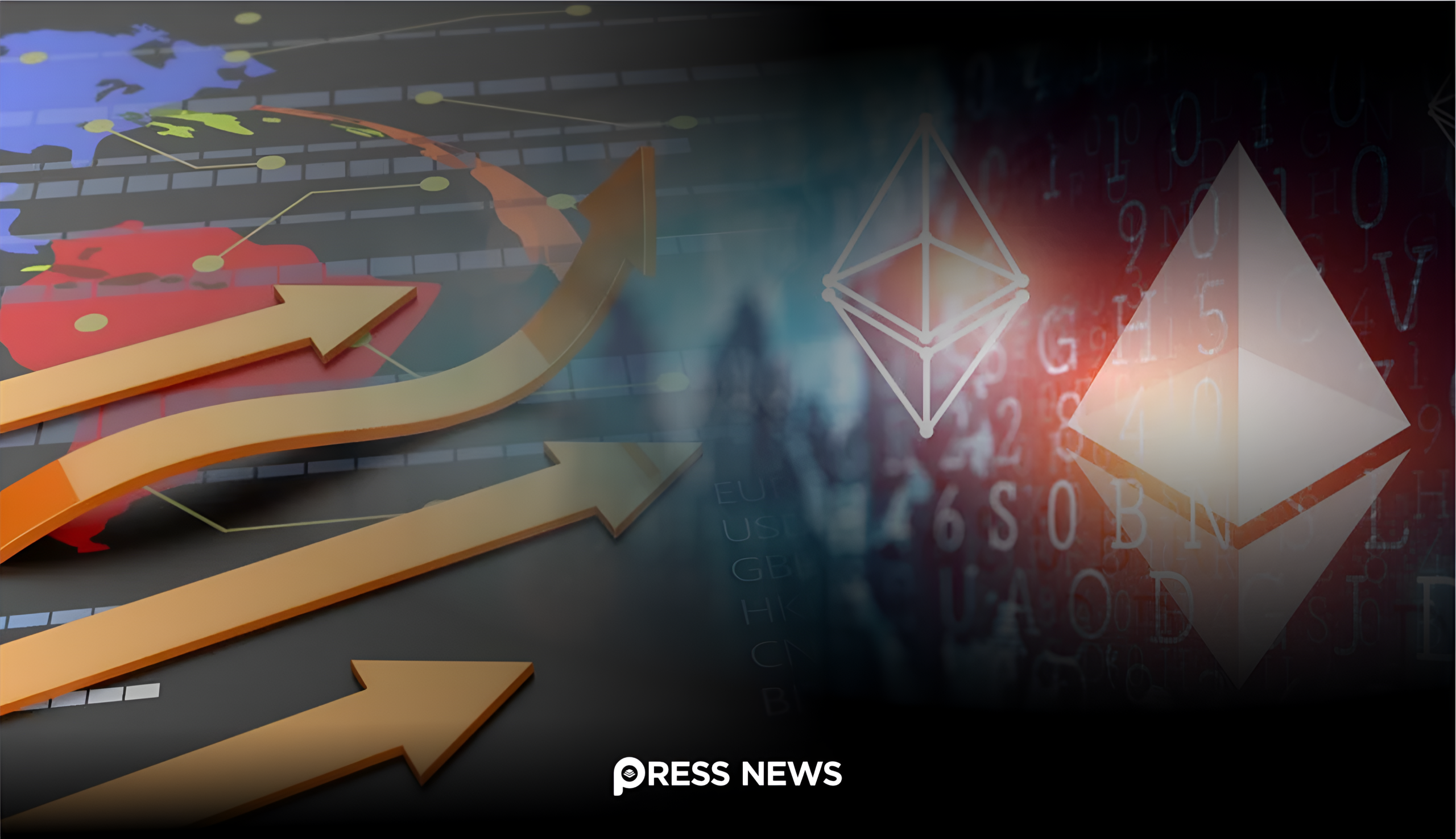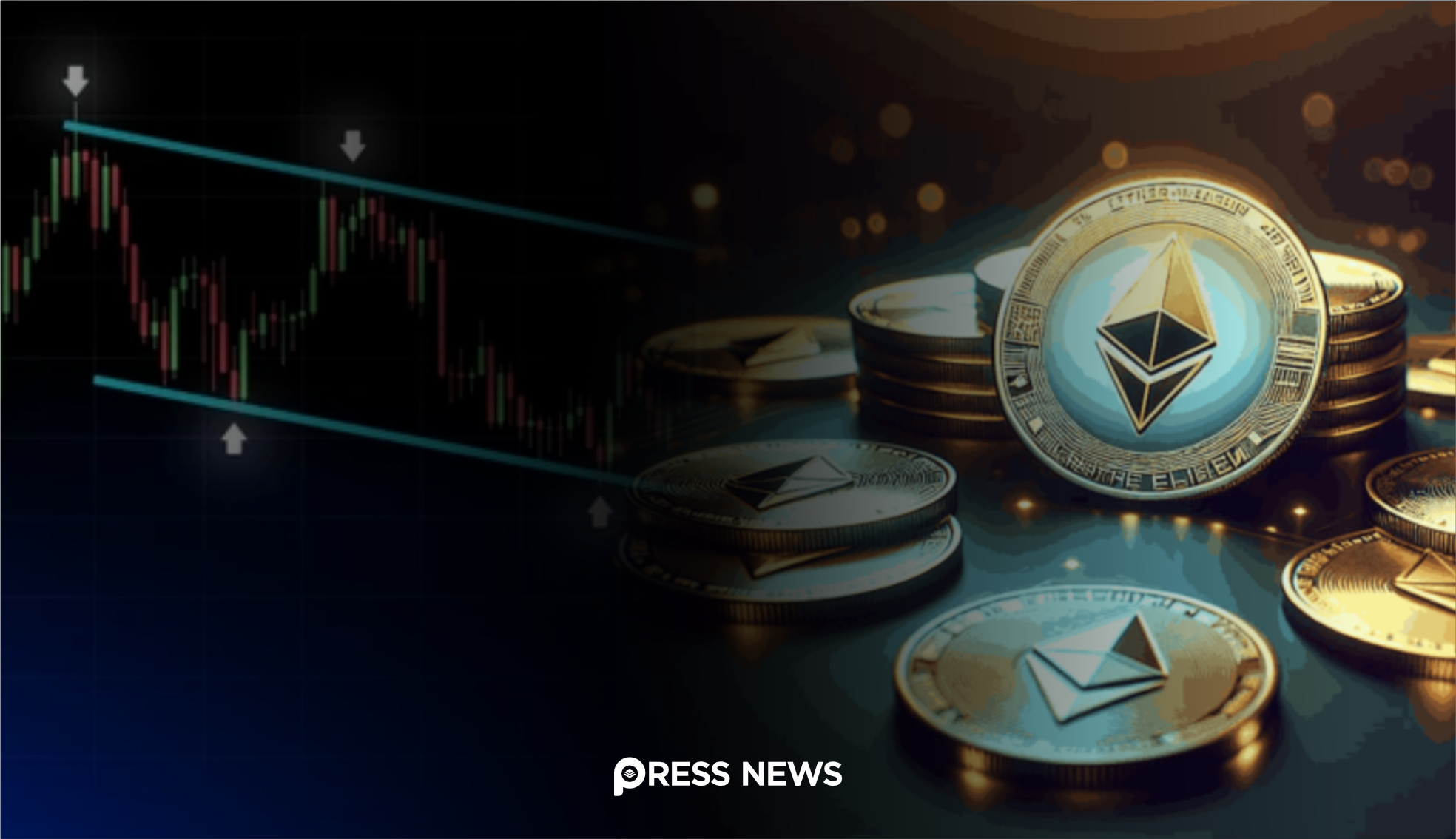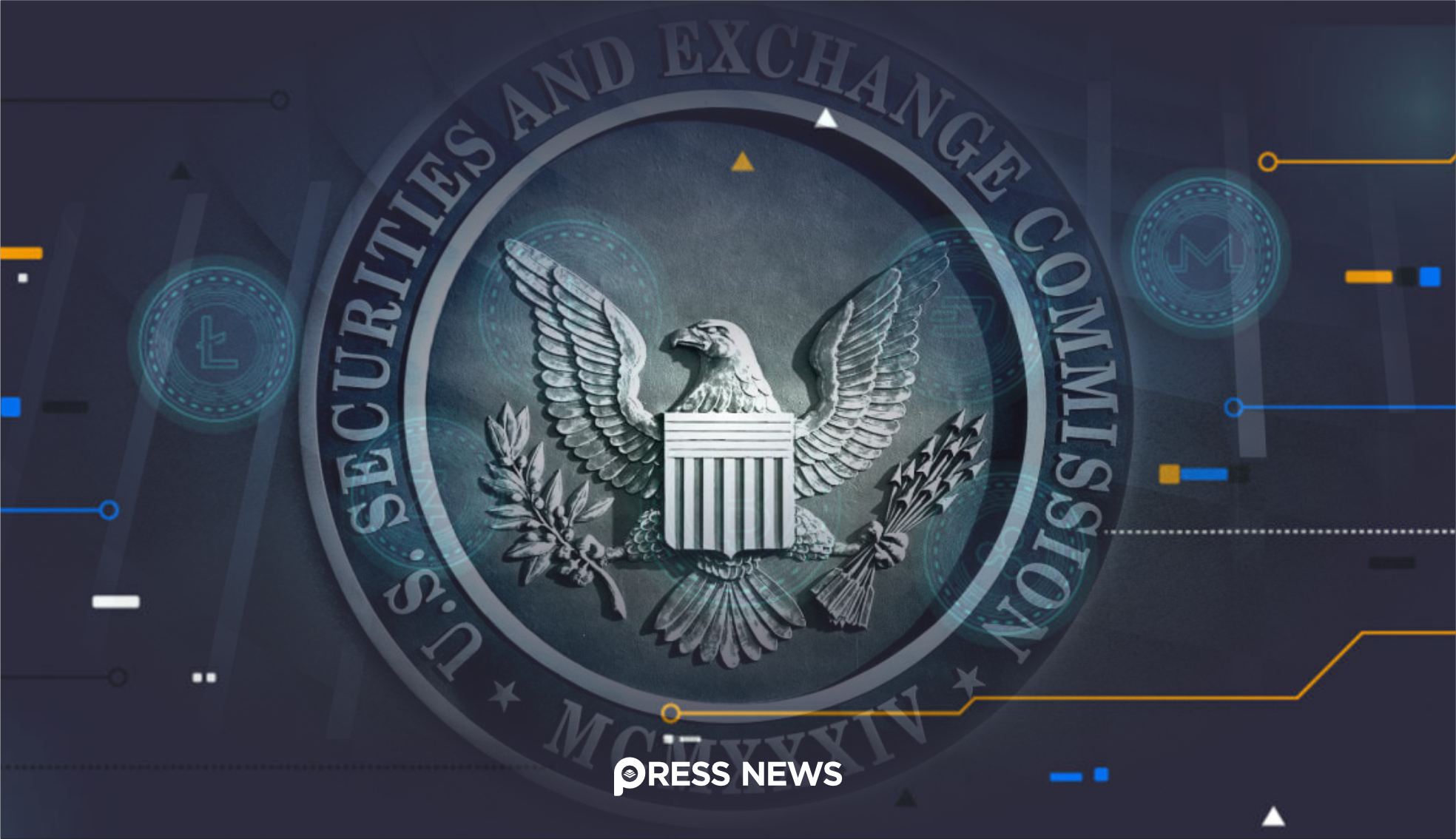Hedera Foundation Partners with The Binary Holdings to Onboard 169 Million+ Users
In a detailed new report, banking giant Citigroup has underscored a significant financial trend that could reshape both crypto and traditional monetary markets: the rapid growth of stablecoins is driving heightened demand for short-term U.S. Treasury bills, further cementing the global dominance of the U.S. dollar.
The report, released on May 30, points to a growing synergy between decentralized finance (DeFi) and traditional monetary systems. As stablecoins—digital assets typically pegged 1:1 to the U.S. dollar—continue to grow in popularity, the institutions behind them are increasingly parking their reserves in short-duration government debt, particularly Treasury bills (T-bills).
“As stablecoin usage expands, it directly lifts demand for T-bills, especially if reserves are mandated to be held in these instruments,” the Citi report said.
This financial feedback loop is gaining momentum, and pending U.S. legislation could solidify the trend. Bills currently under review in Congress propose that stablecoin issuers maintain reserves exclusively in short-dated U.S. government securities, such as 3- or 6-month Treasury bills. If enacted, such laws would further integrate stablecoins into the broader structure of U.S. public finance.
A Trillion-Dollar Opportunity: Citi’s Bull Case
Citi’s analysis projects a potential explosion in stablecoin market capitalization. In its most optimistic scenario, the global stablecoin market could grow from approximately $150 billion in 2024 to $3.7 trillion by 2030. Even in more moderate estimates, Citi anticipates stablecoins surpassing the $1.6 trillion mark over the next five years.
“Stablecoins are not just crypto plumbing anymore—they’re becoming central components of global liquidity flows,” said Alexandra Harris, managing director of digital assets research at Citi, in a related panel discussion hosted by The Brookings Institution.
One of the key implications here is that stablecoins are beginning to behave less like experimental blockchain products and more like shadow banking instruments, similar to money market funds. This evolution is also being observed by regulators, who are weighing tighter reserve rules, transparency mandates, and real-time auditing requirements.
Dollar Hegemony by Design, Not by Chance
Citi’s report also touches on a long-running debate in crypto economics: Is the U.S. dollar’s dominance in stablecoin issuance the cause of its global reserve status, or merely a reflection of it?
According to the bank, it’s the latter. Dollar-backed stablecoins like Tether (USDT) and USD Coin (USDC) account for over 90% of the current market cap, and their adoption across blockchain ecosystems is a byproduct of the dollar’s status as the world’s de facto reserve currency.
“The dollar remains the most trusted and liquid currency, and that’s echoed in stablecoin preference,” Citi noted. “This dominance reflects, not drives, dollar supremacy.”
Interestingly, the report also highlighted emerging competition in the space. Corporations like PayPal (NASDAQ: PYPL) and Visa (NYSE: V) are exploring proprietary stablecoins or settlement mechanisms involving stablecoins. For instance, PayPal launched its own stablecoin, PYUSD, in partnership with Paxos, while Visa has piloted stablecoin-based cross-border settlements using USDC on the Solana and Ethereum networks (source).
These corporate experiments are pushing the boundaries of what’s possible with programmable money and real-time settlement layers—both key promises of blockchain finance.
Risks and Headwinds: Regulation May Define the Ceiling
Despite the bullish outlook, Citi was careful to note that regulatory constraints may limit the explosive potential of stablecoins. For instance, certain legislation may impose yield restrictions or limit the types of assets stablecoin issuers can hold, curbing their profitability and growth.
Additionally, the report suggested that while stablecoins will drive Treasury demand, the net benefit could be muted if capital is merely redirected from money market funds—which already buy large quantities of T-bills—into stablecoins. In such a case, the effect might be more of a reshuffling of existing capital than a net influx.
Moreover, concerns around systemic risk, illicit finance, and interoperability remain top of mind for regulators. The U.S. Treasury Department and international watchdogs such as the Financial Stability Board (FSB) have issued multiple warnings urging better governance and real-time auditing of stablecoins (source).
Still, the Citi report concludes that stablecoins are likely to become an increasingly integral part of the financial system—particularly if regulatory clarity emerges in key jurisdictions.
A New Chapter in Global Monetary Architecture?
If Citi’s projections are even partially accurate, the global financial system may be on the cusp of a new chapter where digitally-native dollars play a leading role. As traditional banks, fintech firms, and regulators converge around stablecoins, they could soon function as next-generation financial rails, combining the liquidity and trust of fiat currency with the speed and programmability of blockchain.
“Stablecoins offer a rare win-win scenario,” said fintech analyst Linda Zhang from Columbia Business School. “They bring efficiency to traditional markets and structure to crypto ones.”
In sum, the evolution of stablecoins is more than just a crypto curiosity—it’s a growing pillar of modern financial infrastructure. And if legislative support and institutional adoption continue, stablecoins may soon become as ubiquitous as credit cards or wire transfers, all while serving as unexpected yet significant buyers of U.S. government debt.


 Press Labs Inc.
Press Labs Inc. 